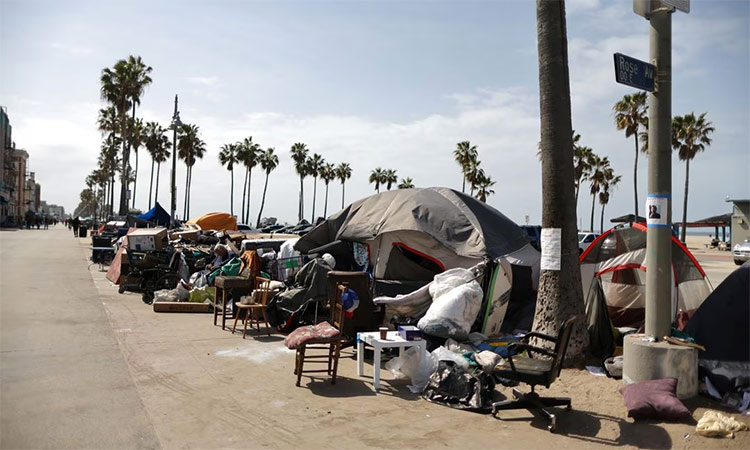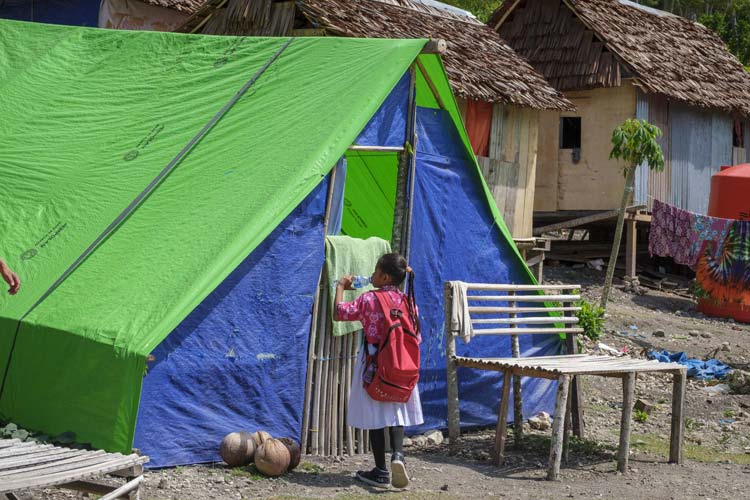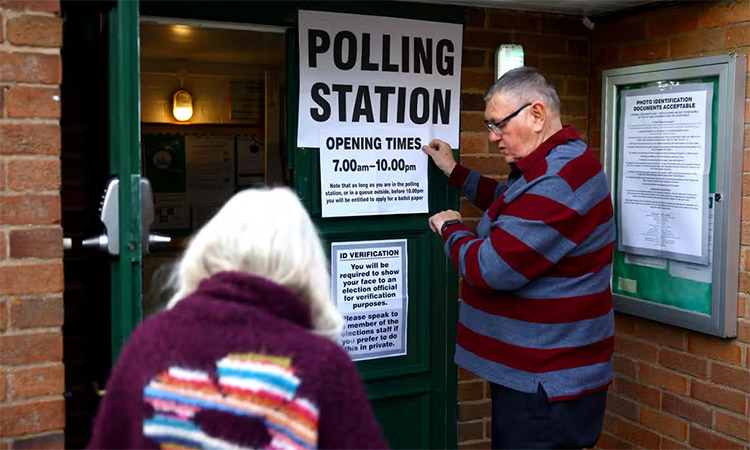California has right idea, wrong plan for the homeless

Homeless encampments line the boardwalk on Venice Beach in Los Angeles, California. Reuters
Claudia Sahm, Tribune News Service
California Gov. Gavin Newsom’s latest attempt to reduce homelessness by forcing those who are living on the streets and experiencing mental health issues or a substance use disorder into institutional treatment is bound to fail. It’s not that the $6.3 billion in additional funding for mental and behavioral health care that Newsom is seeking to go along with 14,000 new treatment beds isn’t needed. It’s that forcing individuals into medical treatment, even if they would likely benefit from it, is questionable regarding their rights and doesn’t guarantee better long-term health and housing outcomes. According to a study at the Benioff Homelessness and Housing Initiative at the University of California at San Francisco, the high costs of housing and insufficient income are the primary causes of homelessness, not a mental health or substance use disorder. In many cases, homelessness causes severe episodes of both.
To be sure, the status quo is unacceptable. Homelessness is a pressing social and economic concern in the Golden State. Californians are two-and-a-half times more likely to be homeless (0.44%) than all Americans (0.17%). Moreover, the percentage of Californians suffering homelessness has risen during the past 15 years, contrasting with the downward trend nationally. And it’s a problem in plain view: almost seven in 10 homeless individuals in California sleep in parks, on sidewalks or in other public places. Half of the unsheltered population in the US lives in California.
The economic costs of homelessness are evident. California has allocated $17.5 billion in the past four years to various programs to reduce homelessness. In 2022 alone, the state budget allocated about $7 billion, or $42,000 in services per homeless individual, to reduce homelessness. Add to that the expense of other direct social services such as Medicaid and food stamps, plus forgone income due to unemployment, and the costs of supporting the homeless are even larger.
Forcibly relocating and requiring mental and behavioral treatment for homeless persons is a big step away from the popular model of voluntary, unconditional shelter with access to supportive care, referred to as Housing First. Federal Reserve Bank of Kansas City economist Elior Cohen found that the Housing First assistance in Los Angeles reduced the likelihood of returning to homelessness after 18 months by 23 percentage points and after 30 months by 15 percentage points. It also lowered crime and the use of social services while increasing income and employment. However, it didn’t lead to a change in the use of health care. In terms of the budget impact, the cost of the Housing First assistance paid for itself after only 18 months due to the reduction in the use of direct social services and higher income.
But expanding programs like Housing First requires more housing — and building more housing in California is urgent. The high level of homelessness is the most extreme symptom of the current shortage, but the financial burden of housing extends to millions of families. In California, more than 3 million renters (over half of all renters) spend 30% or more of their income on rent. That’s the third-highest rate of cost-burdened renters in the country. More housing would also benefit the state budget and its tax base. By some estimates, the lack of housing reduces California’s gross domestic product by 6% annually.
Critics of Newsom’s efforts point out that the almost $20 billion allocated during the past four years could have paid the rent for every homeless person in California. While that is a striking talking point, it omits the fact that the additional housing units don’t exist. More demand would push up prices even more, reinforcing the primary cause of homelessness. So, again, building is necessary.
Money from the state is not enough. Much of the funds already allocated for homeless programs was dedicated to building more housing, particularly housing with supportive services to help formerly homeless individuals with job searches, health care and other social benefits. However, the construction was costly and slow. In Los Angeles, only 1,142 units (14% of planned) were built, and the average cost per unit was $600,000, with some as much as $800,000. The root cause of the few units at a high cost was a lengthy and costly set of building requirements, including zoning, permits, ordinances and environmental reviews.
Most roadblocks to building that could reduce homelessness are controlled at the local, not state, level. That has led to increasingly creative, albeit legally questionable, actions by the state to get around them. Newsom recently signed legislation allowing religious institutions and non-profit colleges to build low-income housing on their properties, regardless of the current zoning, and waiving local permitting and environmental reviews. It fits within the Yes In God’s Back Yard (YIGBY) movement. However, the move could be vulnerable to legal challenges as an overreach from the state government.
Homelessness is, at its core, about a lack of affordable housing, not a lack of medical care. Solving the problem that the state government can solve is not the same as solving the actual problem.







